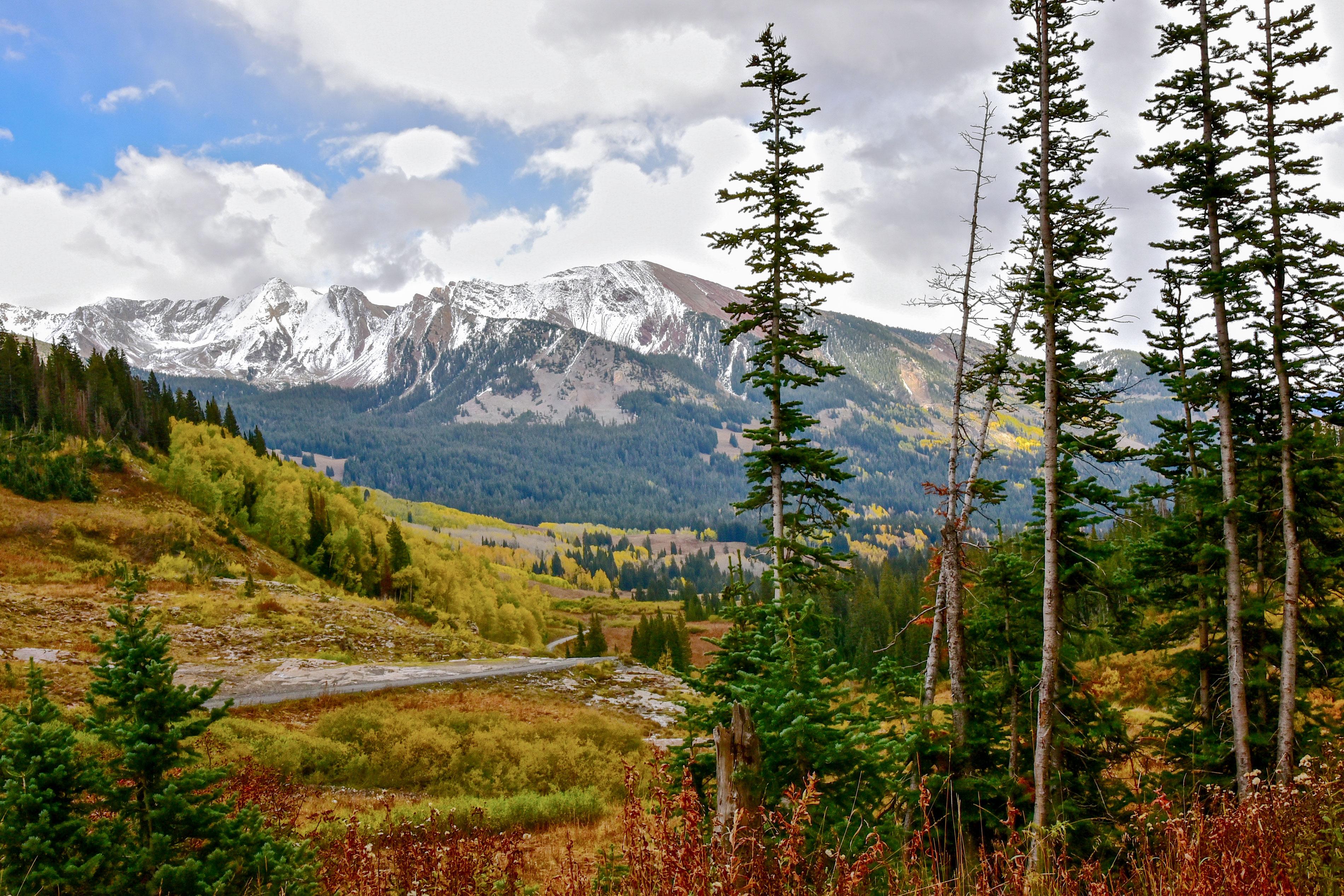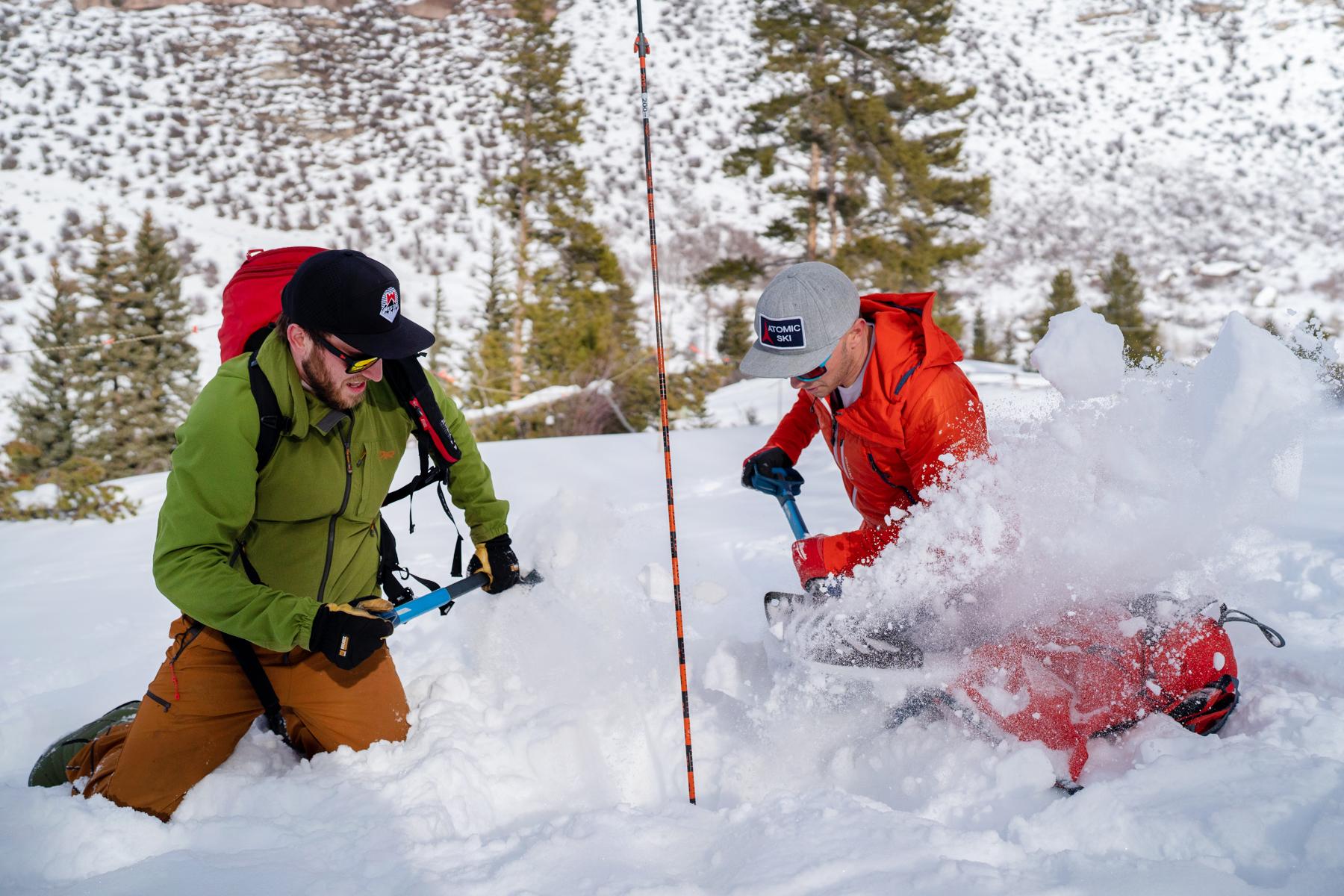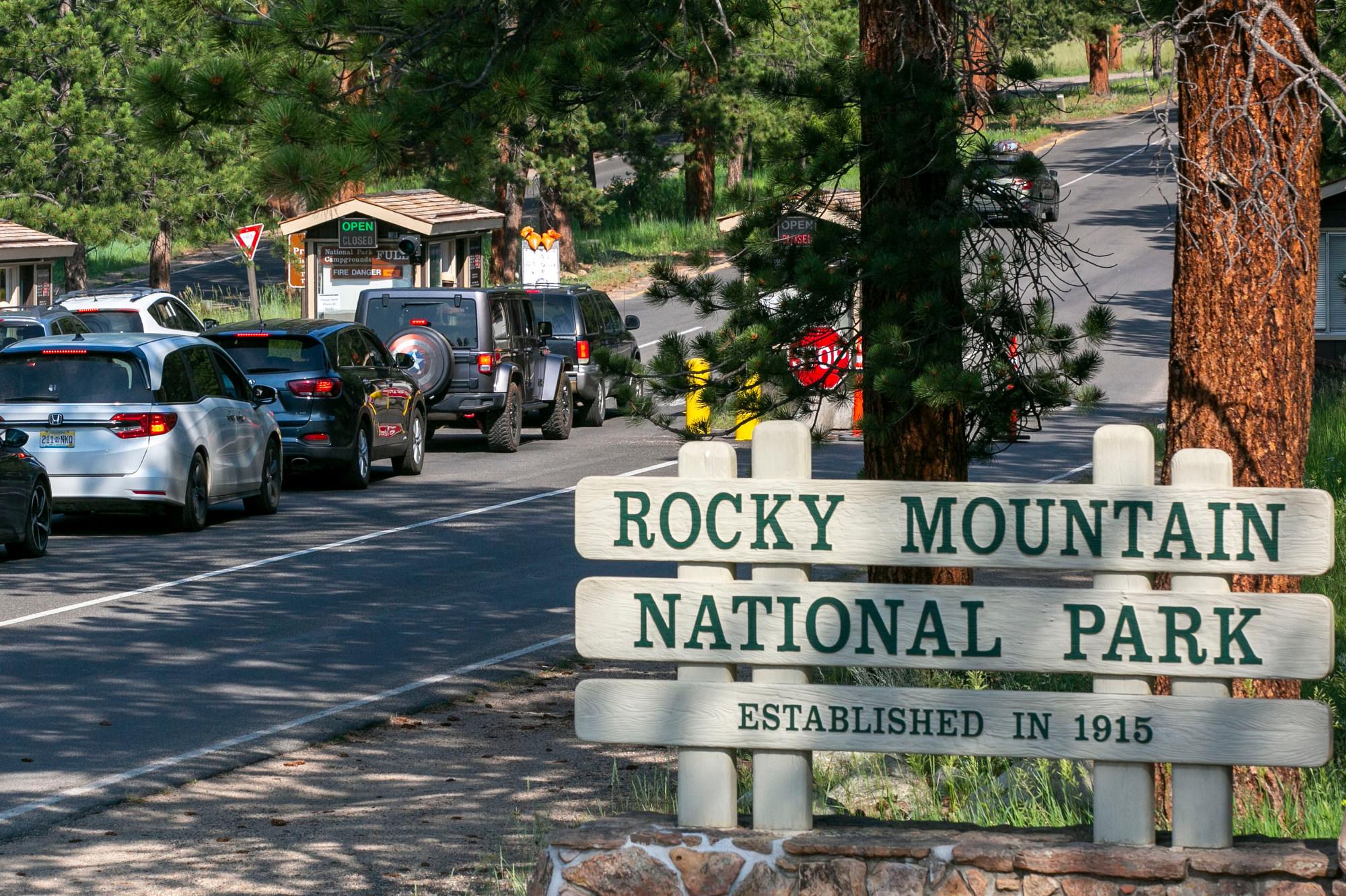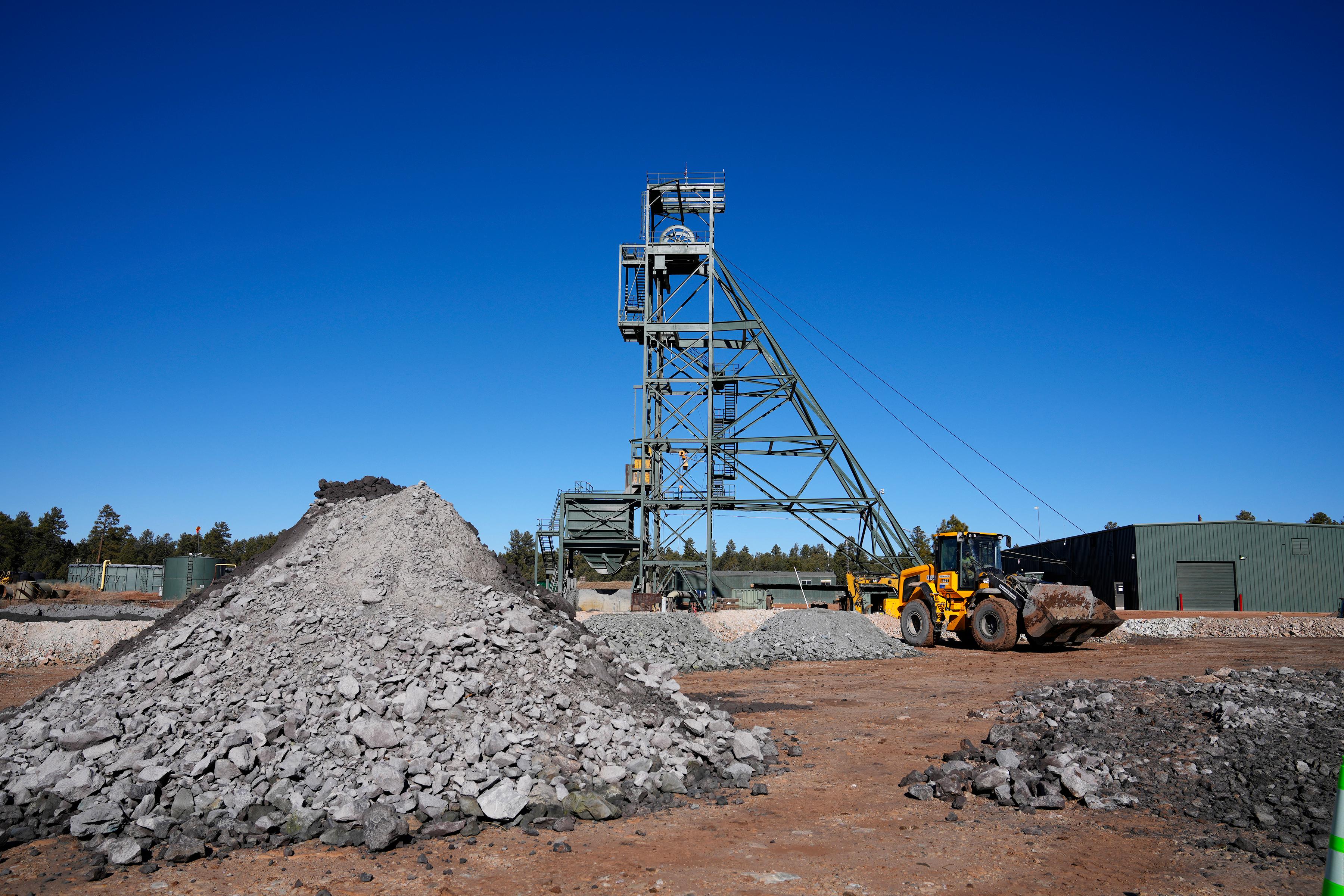

Will it be another plot-twist winter that starts unseasonably warm, only to unleash buckets of snow later? Or will nightmares come true and skiers find a dry, dry winter?
There is no set-in-stone answer since predicting weather in Colorado is about as hard as predicting the Rockies' playoff chances. The one thing meteorologists in Colorado can agree on is that it's very likely we will see a La Niña season.
When will snow grace us with its presence?
It's pretty typical for Colorado to see its first, notable snowfall the first weeks in October. Kyle Fredin, a meteorologist at the National Weather Service in Boulder, predicts that we're on track to see that this year — but it's probably going to be the mountains that see all the action.
"Pretty good bet that the next storm system we get in the next five, 10, 15 days will probably contain snow which will probably bring our first good, measurable event up there," Fredin said.
As if on schedule, the north-central mountains are under a winter weather warning that started Sunday night and continues through Monday, Oct. 2. The region is seeing its first significant snowfall of the season at higher elevations, between 6 inches to a foot in some spots.
| First Measurable Snow Date | ||
|---|---|---|
| Denver/Boulder | Pueblo | Grand Junction |
Nov. 17, 2016 | Dec. 07, 2016 | Nov. 17, 2016 |
| Nov. 5, 2015 | Nov. 20, 2015 | Nov. 5, 2015 |
| Nov. 11, 2014 | Nov. 10, 2014 | Dec. 19, 2014 |
| Oct. 18, 2013 | Oct. 18, 2013 | Oct. 3, 2013 |
| Oct. 5, 2012 | Oct. 25, 2012 | Nov. 11, 2012 |
| Oct. 25, 2011 | Oct. 26, 2011 | Dec. 12, 2011 |
| Nov. 15, 2010 | Nov. 28, 2010 | Nov. 15, 2010 |
| Oct. 21, 2009 | Oct. 25, 2009 | Oct. 27, 2009 |
| Nov. 14, 2008 | Nov. 27, 2008 | Dec. 14, 2008 |
| Oct. 22, 2007 | Nov. 21, 2007 | Dec. 8, 2007 |
Why you should hold your horses before planning any ski trips
For Open Snow meteorologist Joel Gratz, "the keyword is flexibility."
The best time to start planning trips is four or five days in advance because that's when forecasters feel the most confident in their predictions, he said. Anything farther out than that makes it too hard to tell when the best powder days will be and which slopes they'll hit.
"Seven to 10 days out, take a beer and toast to possibilities that next week might be snowy but we can't get into the details," Gratz said. "About four to five days out from a storm is when I recommend starting to clear your calendar."
You could say it’s dumping up here at Loveland Ski Area. #racetoopen #cowx pic.twitter.com/CpVffchi3f
This advice particularly applies to those who live and breathe for powder days. Since the forecast is fairly confident that most of the state will see at least an average amount of snowfall, the odds are pretty good that no matter where you pick to go skiing, you'll have a decent time.
You've still got some time yet, as the race to open has just started with snow guns a-blazin' between A-Basin and Loveland.
My Kind Of Snowstake https://t.co/UqZz9vyakf pic.twitter.com/TyhbIfKCMO
What's a La Niña?
The opposite of an El Niño, a La Niña means the water in the Pacific is cooler than usual (as opposed to warmer) causing storms to blow in from the Pacific Northwest. La Niñas tend to favor the northern and central mountains, giving those areas steady snowfall but leaving lower elevations drier with high-wind events.
Meteorologist Kyle Fredin said La Niñas typically bring smaller, more frequent storm systems but thinks the snowfall this year will be pretty average across the state, with some mountains getting slightly above normal snowfall.
For those on the anti-snow side, there might be good news for you too if you live along the Front Range.
"From Fort Collins down to Castle Rock and down into Colorado Springs, if there is [a La Niña] there might be a slight bias toward a drier winter with what we might consider more high-wind events," Fredin said.
But La Niña isn't a sure thing, the atmosphere always has some tricks up its sleeve, said Open Snow's Joel Gratz.
"Even if the storm tracks all come out of the Northwest, but they shift slightly west or east, that could mean a big difference in who actually gets the snowfall," Gratz said.
Read More: Fall Storm Brings Up To 18 Inches Of Snow To Colorado Peaks









